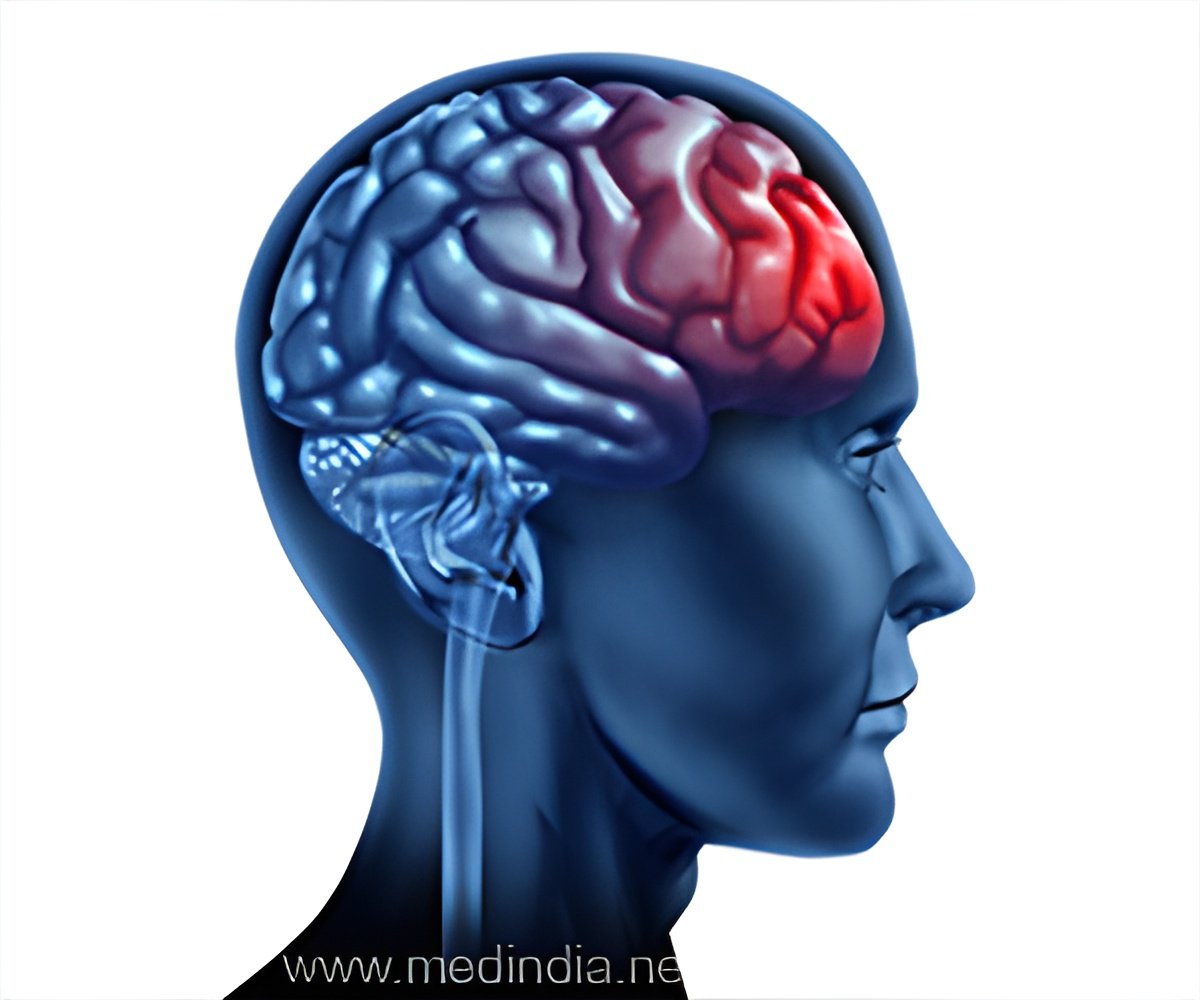‘Ultra-thin, inflatable device that can be used to treat the most severe forms of pain without the need for invasive surgery has been developed by scientists using a combination of soft robotic fabrication techniques. This can serve as a potential treatment for paralysis, Parkinson’s disease, and chronic pain.
’
Almost every individual has experienced the unpleasurable sensation of pain. However, some pain becomes can become so debilitating that daily life activities are hampered. One of the leading causes of disability in the UK is back pain. It costs around £12 billion per year.
Almost 1 in every 12 Americans suffer from intractable back pain, which does not respond to conventional treatments such as non-steroidal anti-inflammatory drugs (NSAIDs) or opioids, as per the Centers for Disease Control and Prevention.
“Spinal cord stimulation is a treatment of last resort, for those whose pain has become so severe that it prevents them from carrying out everyday activities. However, the two main types of SCS devices both have flaws, which may be one reason their use is limited, even though millions struggle with chronic pain every day,” says Dr. Damiano Barone from Cambridge’s Department of Clinical Neurosciences, one of the paper’s senior authors.
Spinal Implants – The New Era of Pain Relief
The device is almost the width of a human hair (60 microns thick) that allows it to be rolled up into a tiny cylinder, inserted into a needle, and implanted into the epidural space of the spinal column – the same area where injections are administered to control pain during childbirth.
After positioning the device, it can be unrolled to cover a large section of the spinal cord by inflating it with water or air (with the help of microfluidic channels). This can then be utilized to send small electrical currents to the spinal cord for disrupting the pain signals (including leg & back pain or even paralysis & Parkinson’s disease) through a pulse generator.
“The way we make the device means that we can also incorporate additional components – we could add more electrodes or make it bigger in order to cover larger areas of the spine with increased accuracy. This adaptability could make our SCS device a potential treatment for paralysis following spinal cord injury or stroke or movement disorders such as Parkinson’s disease. An effective device that doesn’t require invasive surgery could bring relief to so many people,” says, Barone.
The device was validated in vitro and on a human cadaver model. Now the team anticipates large-scale development of their device for further testing in patients.
Source: Medindia



